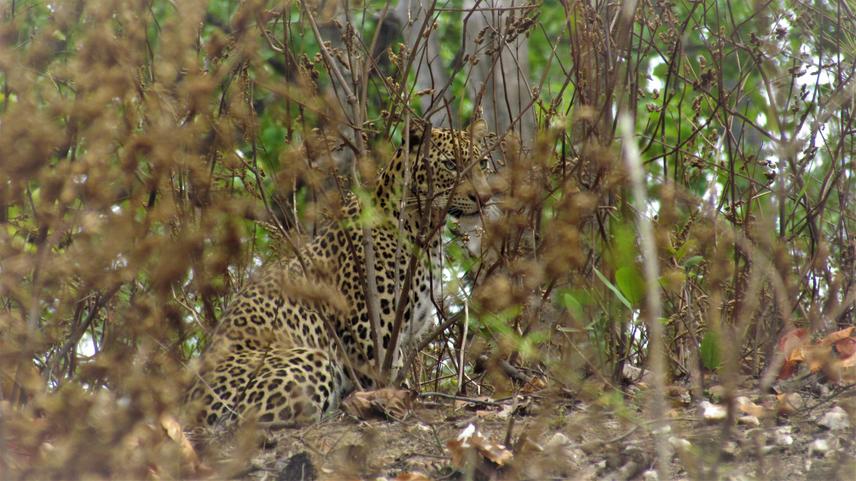Rajat Rastogi
Nearly 66% of India’s natural ecosystems are invaded by 11 high-priority invasive plant species. While these ecosystems are remarkably biodiverse, biological invasions pose a significant threat, often causing drastic declines in native species richness and abundances. Although forest managers have actively worked to remove invasive plants like Lantana camara, the recovery of these landscapes remains largely unexplored.
This project addresses this critical gap by investigating ecosystem recovery in the invaded dry forests, with a focus on the Kanha Tiger Reserve – a vital habitat for tigers and other wildlife in Central India. The study evaluates the ecosystem-level responses of invasive plant management strategies, such as mechanical removal and fire usage, on the restoration of native flora and fauna. By exploring the functional and taxonomic recovery of plant communities and their interactions with herbivores, the project aims to provide practical insights for effective ecosystem restoration.

Hiding in plain sight – a leopard could hardly be seen through the invasion of Pogostemon benghalensis in the Kanha Tiger Reserve. ©Rajat Rastogi.
The project examines the diversity and abundance of native plant species, habitat complexity, plant-herbivore interactions and key ecosystem services such as forage provision, seed dispersal, and habitat quality. The study thus explores:
- Whether management of invasive plants lead to compositional, taxonomic, or functional recovery in plants?
- How do native forage plants respond to the removal of a large ecological stressor like invasive plants?
- Which ecological factors determine dry-ecosystem recovery of a restored area?
The project is conducted in collaboration with the Madhya Pradesh Forest Department and engages local stakeholders, including communities and forest staff, through workshops designed to build conservation capacity and awareness. By integrating scientific research with policy-making and outreach, it aims to inform adaptive management practices, enhance restoration efforts, and foster conservation optimism for tiger reserves and similar ecosystems across India.
Header: Tigress in the Sal forests of Kanha Tiger Reserve. The forests, although protected, have hugely been affected by dominance of multiple invasive plant species. ©Rajat Rastogi.